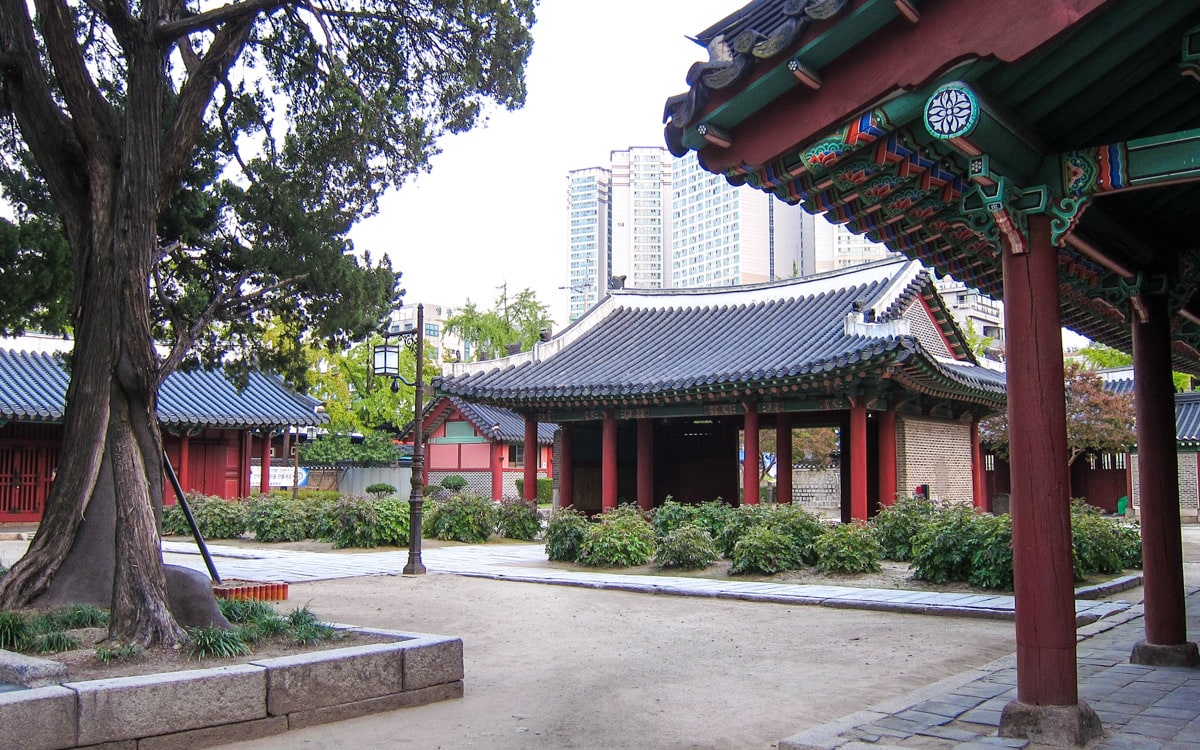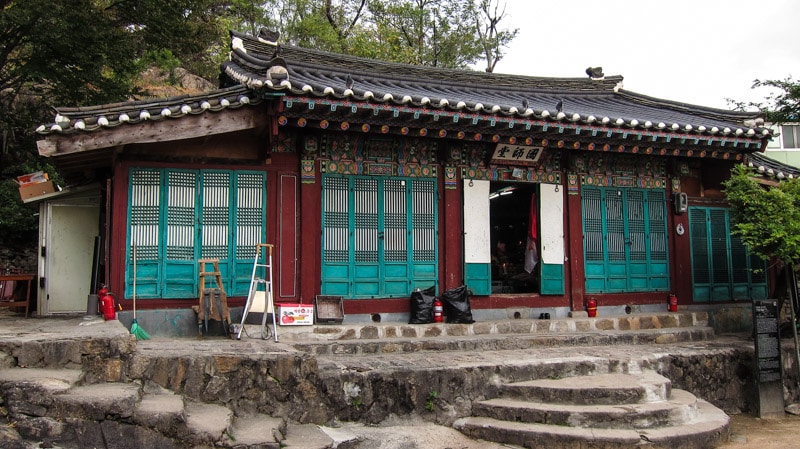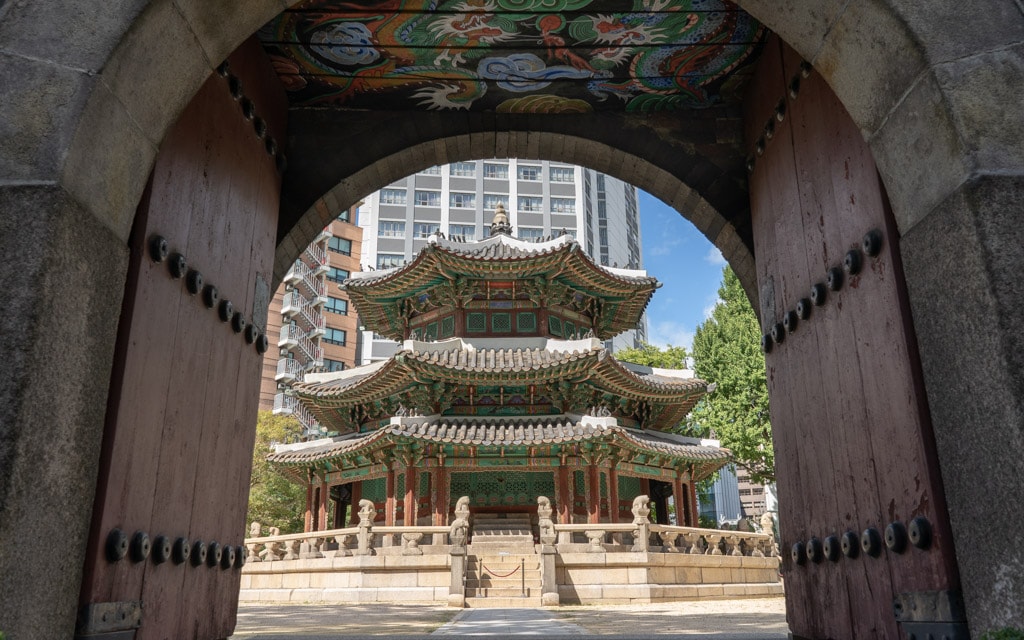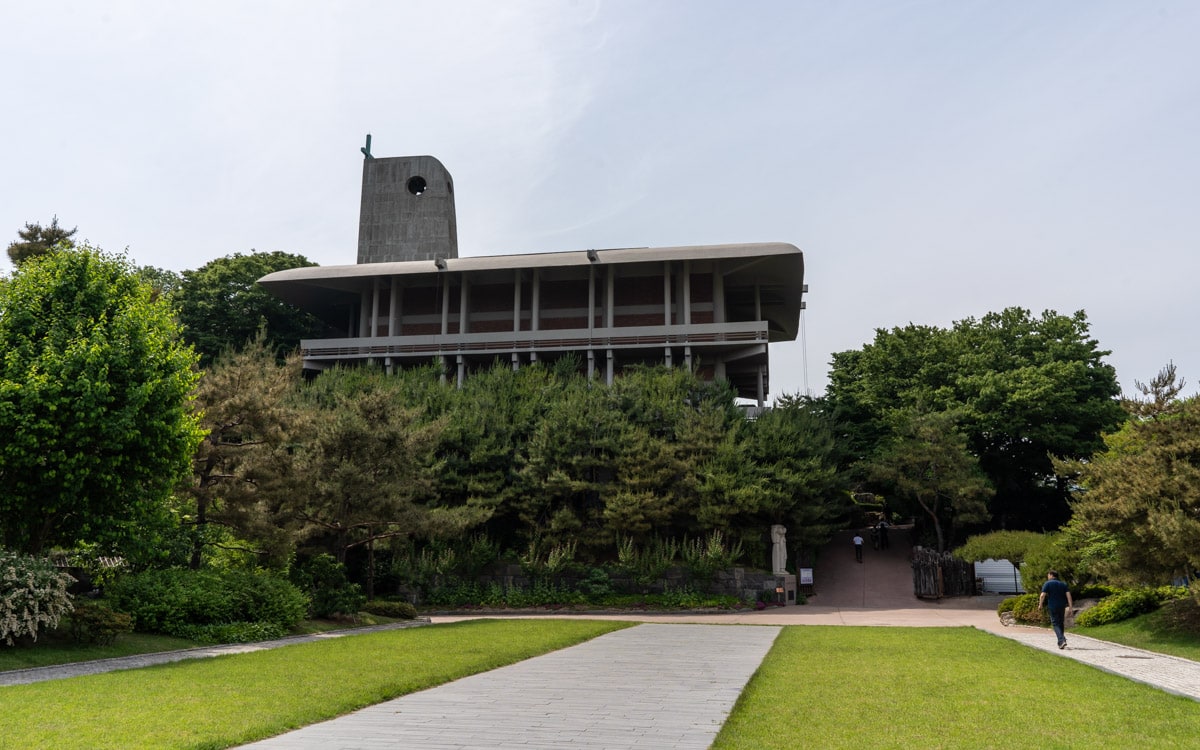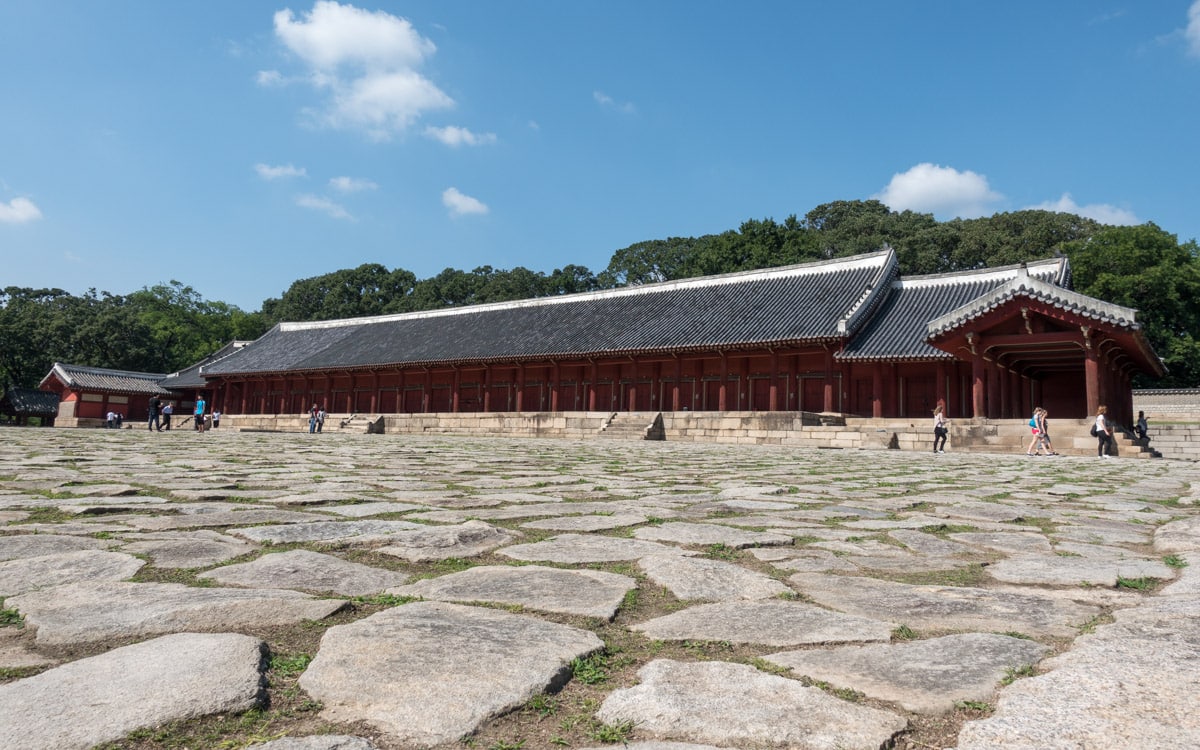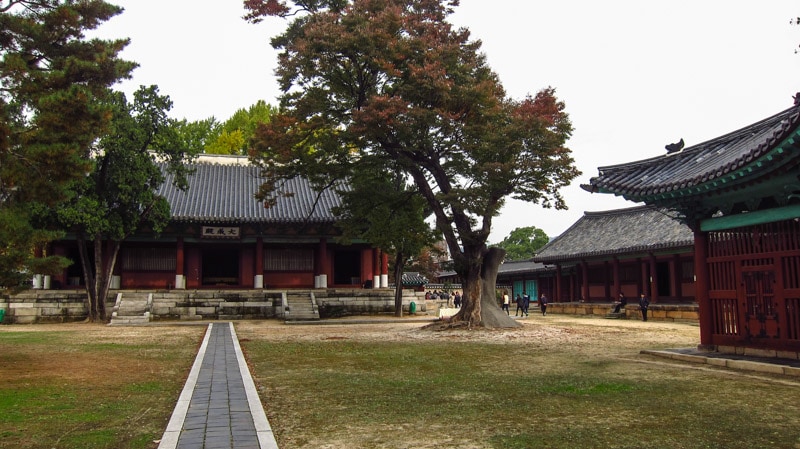Dongmyo Shrine
Dongmyo Shrine is a shrine where ancestral sacrifices to the Chinese military commander Guan Yu were performed. It is also known as Seoul Donggwanwangmyo, which means Gwanwangmyo in the east of Seoul. Guan Yu, who died in 219, was a general who played an important role in the downfall of the Han Dynasty (206 BC–220 AD).
Read more about Dongmyo Shrine
Guksadang Shrine
Guksadang Shrine, on Mt. Inwangsan, is one of the most important and almost mythical Shamanic shrines in Korea that at a time was used for exorcisms. Shamanism is a religion with beliefs in unseen worlds of gods, demons, and spirits. Shamans believe in 12 deities which are the spirit of the mountain, the spirit of the dragon king, the spirit of three monks, and spirit of seven stars.
Read more about Guksadang Shrine
Hwangudan Altar (Wongudan Altar)
Wongudan Altar is where the emperor would perform sacrifices to heaven. The altar was built in 1897 and since then has been known as Hwangudan and Wondan. The complex was built during the reign of Emperor Gojong and was designed by Sim Uiseok, at the time, one of the best royal architects.
Read more about Hwangudan Altar (Wongudan Altar)
Jeoldusan Martyrs' Shrine
Jeoldusan Martyrs' Shrine is a Catholic shrine on the Hangang River dedicated to those who gave up their lives during the Byeongin persecutions of 1866. In late 1866, nine French missionaries were martyred. This caused two attempted invasions into Korea by a French fleet. After the attempted invasions, the Joseon government punished, targeted, and brutally murdered many French and native Korean Roman Catholics.
Read more about Jeoldusan Martyrs' Shrine
Jongmyo Shrine
Jongmyo Shrine is the supreme shrine of the state. The site enshrines royal ancestor tablets and hosts memorial services for the kings and queens of the Joseon Dynasty. King Taejo ordered the construction of the Confucian-style shrine, completed in 1395. Taejo, the first Joseon king, built the shrine to honor deceased kings and queens.
Read more about Jongmyo Shrine
Seoul Munmyo
Seoul Munmyo is a shrine dedicated to Confucius, his disciples, and other great scholars. In the past, it has also gone by the name Munseonwangmyo. During the Joseon Dynasty, the buildings were used as an educational institution. Seoul Munmyo was first built in 1398 during the 7th year of the reign of King Taejo.
Last Updated on Feb 29, 2024
